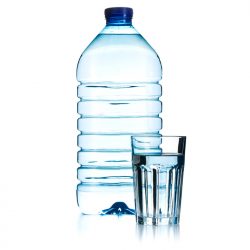
In periods of warm weather, many people take advantage of the hot, sunny conditions to spend time outside, playing sports, exercising, or vacationing. Unfortunately, these hot conditions can lead to a range of heat-related illnesses. When working or otherwise spending time outdoors in the heat, it is important to drink plenty of water and to take breaks in the shade. No matter what your activity, it is important to be aware of the risk of dangerous heat-related conditions.
Heat Illnesses
Heat-related illnesses are often a reaction to severe dehydration. Often when a person has an adverse reaction to the heat, he or she simply needs to take a long break from activity and drink plenty of fluids to rehydrate. Unfortunately, many people may ignore the body’s warning signs of fatigue and continue to perform activities as the conditions worsen. If a person fails to address minor heat illnesses, much more severe conditions, such as heat stroke, can occur as a result. The steps leading up to heat stroke include:
- Red and itchy skin
- Muscle cramping
- Swelling in legs and hands
- Dizziness, weakness, pale skin that is cool to the touch, and increased pulse
If a person begins to experience any of these conditions, he or she should take a break, rehydrate, and get medical attention if needed. If these conditions are not treated, a person may suffer from a heat stroke.
Heat Stroke
After suffering from a series of other heat-related conditions without seeking treatment, a person may have a heat stroke. A heat stroke is a serious and sometimes fatal condition that occurs when the body loses its ability to control its own temperature. During a heat stroke, a person may experience:
- Hot, flushed dry skin with no sweating
- High body temperature
- Confusion, agitation, and hallucinations
- A quick, even pulse
- Problems breathing
- Convulsions
- Seizure
- Coma
If a person does not get medical treatment immediately, a stroke can even result in death. Sadly, many victims are young athletes who become overexerted in hot conditions and are not provided with adequate breaks from physical activities. Other victims are those who work outside in hot conditions, such as at constructions sites. It is important for supervisors, coaches, bosses, and others to ensure that workers take care of themselves and understand the importance of frequent breaks and hydration.
